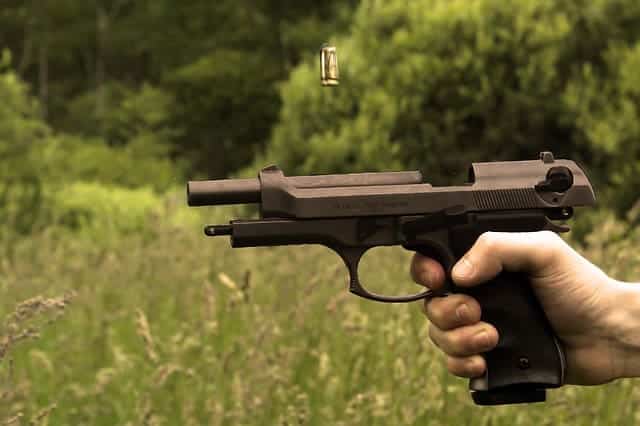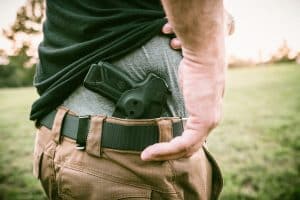
Best Gun Malfunction Practice Drills
Going to the range or running a tactical course is one thing (that we all don’t get enough of), but another thing we all could use is incorporating gun malfunction practice. In the real world, if we have to draw our weapon in self-defense, you might encounter a malfunction.
We prepare for the worst, so we need to prepare for errors which won’t occur in the controlled environment of a range.
One of the best ways to add gun malfunction drills to your training is to do them at home during dry fire practice.
You can use spent brass, or dummy rounds and run tap/rack/bang drills with mag swaps. Start slow, getting each action as fluid and controlled as possible; gradually picking up speed. As with the range, you want to do this dry fire routine until it’s reflexive.
After you feel comfortable, grab a friend to run drills with. Dry fire like normal but at random intervals have your friend yell “FAILURE” or whatever will specify which malfunction, then run the corresponding drill. Mix it up with other drills, and switch back and forth.
During this practice, you may also consider taking it to the range.
One of the options is to have your friend load magazines for you (of course, without letting you know where the dummy rounds will be). Shoot downrange, when you encounter a misfire, run your drill—fixing the error. Before mixing it up, such as adding a backup sidearm or a tactical knife, practice just dealing with malfunctions.
Then, when you’re comfortable with live rounds with few malfunctions, add in those tactical moves you’re dying to incorporate. One of our experts recently practiced this with our Taurus G2c holster.
Consider making it a competition, either at the range with live rounds or with dry firing, (with rules and stuff, maybe even a prize!) for you and your friend—friendly competition can sometimes convince us to work harder.
Gun malfunction practice can allow us to avoid a “freeze” moment when presented with a threat.
Take, for example, you are firing downrange (or perhaps in a self-defense situation) and hear (one of the most terrifying sounds) click, rather than a bang.
Instead of having to look at your firearm, (if you have done the practice) your muscle memory will immediately fix the malfunction, and your weapon will return to working order, avoiding potential bodily harm, or a broken rhythm in practice.
Any suggestions about adding gun malfunction practice and drills into your practicing regimen? If you want to read more, we suggest reading this article for visual explanations on the main causes of gun malfunctions.



